When I visited the Stedelijk Base, I looked at a very diverse range of objects. From colorful Kirchner paintings to the well-known Eams chair, but Christian Dell’s tea infuser from the Bauhaus collection particularly drew my attention for its small size and simplistic appearance. It is made from silver-plated brass and the part where you hold the object, the varnish is slightly worn off and damaged which gives it a precious look.
While I was looking for other objects to potentially base my research on, I started noticing that while people walked around, the tea infuser was overlooked a lot by everyone, so I decided to stick with the object.

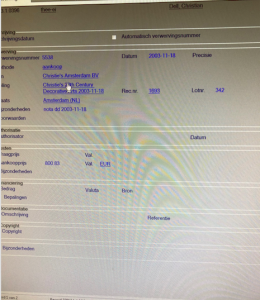
Christian Dell (1893 - 1974) tea infuser (1924) at Stedelijk Base
I started by doing some initial research while I was still at the Stedelijk Museum. At the library archive I asked if they could tell me when and where the tea infuser was purchased by the museum, I found out it was purchased from Christie’s Amsterdam in 2003.
In their archive they also had a book called Metallwerkstatt und Bauhaus edited by Klaus Weber, published by Bauhaus-Archiv Berlin. A 332 page book that is specifically about the history of the metal workshop from the Bauhaus. Unfortunately it was in German, so I could not use any information this book was providing.
When I got to the Rietveld library I found several books regarding Bauhaus. The metal workshop was only mentioned in the bigger and general editions. But I did not find any specific information about this tea infuser nor was there much information about Christian Dell himself. So I started my research online.
Initially a lot of auction websites appeared where I could buy the tea infuser myself, but when I changed and added other keywords in my search I finally found a lot more information about Christian Dell.
Christian Dell worked as a foreman of the metal workshop at the Bauhaus in Weimar between 1922 to 1925. He was hired after Willy Schabbon and Alfred Kopka, who lasted there for a short time. When Christian Dell was hired, the metal workshop gained some needed stability. Still, not much is known about Christian Dell. Only that Christian Dell was a very experienced silversmith and a skilled teacher.
Prior to the War he was at the Wiener Werkstätte in Vienna, producing metal tableware in an avant-garde and geometric style. At the Bauhaus metal workshop Dell’s work was completely absent of decoration and concentrated on the innovative use of geometric forms. He was mostly known for his highly innovative designs of lamps. So the tea infuser made me wonder how it came about that Christian Dell was the one who designed it. I fantasized about that his idea and goal were to give another light to the transparency of water. But when I thought of the principles of Bauhaus I realized it probably meant much more than that.
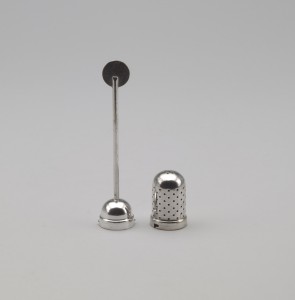
Christian Dell, tea infuser at MoMa
Many questions began to flood my head. At first, I contemplated about the fact that tea was normally something for aristocrats in the times of colonialism when it was imported and which resulted in it being partially westernized. The fact that it was meant for the upper class made me aware of the obvious contradiction with the Bauhaus ideals. Besides that, I also found it very interesting how this small tea infuser brought me to think of big historic moments and political affairs. Maybe more so than the paintings shown by Piet Mondriaan and such. This partially because it is so self-evident and quite easy to integrate the object into your own life. Unlike a painting where you are immediately confronted with aesthetic issues and has no real useful function in daily life.
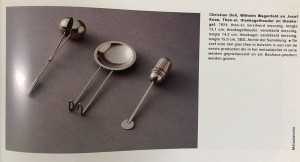
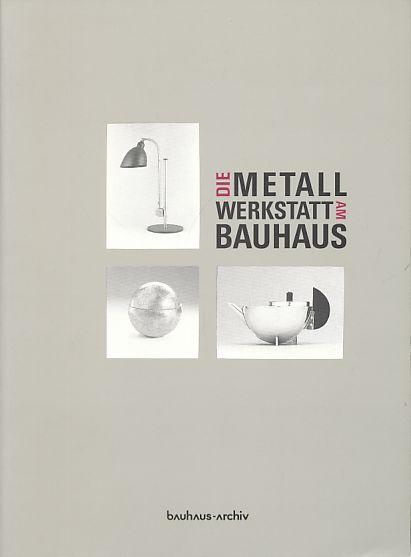
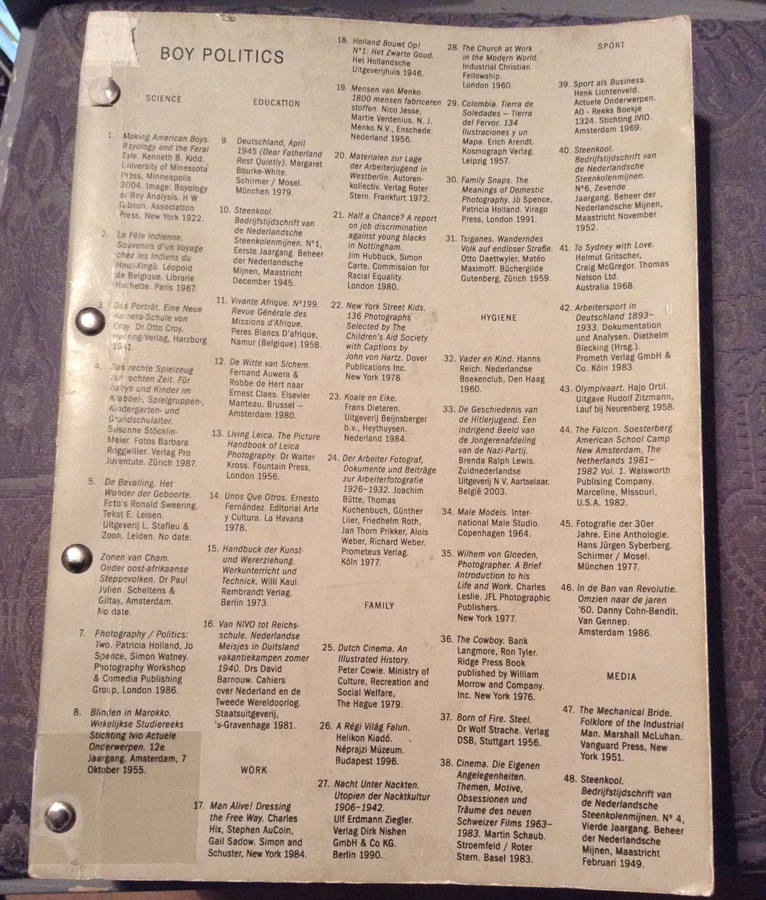
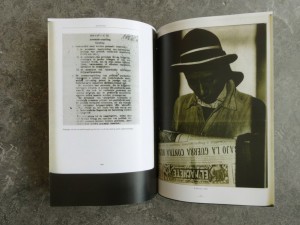

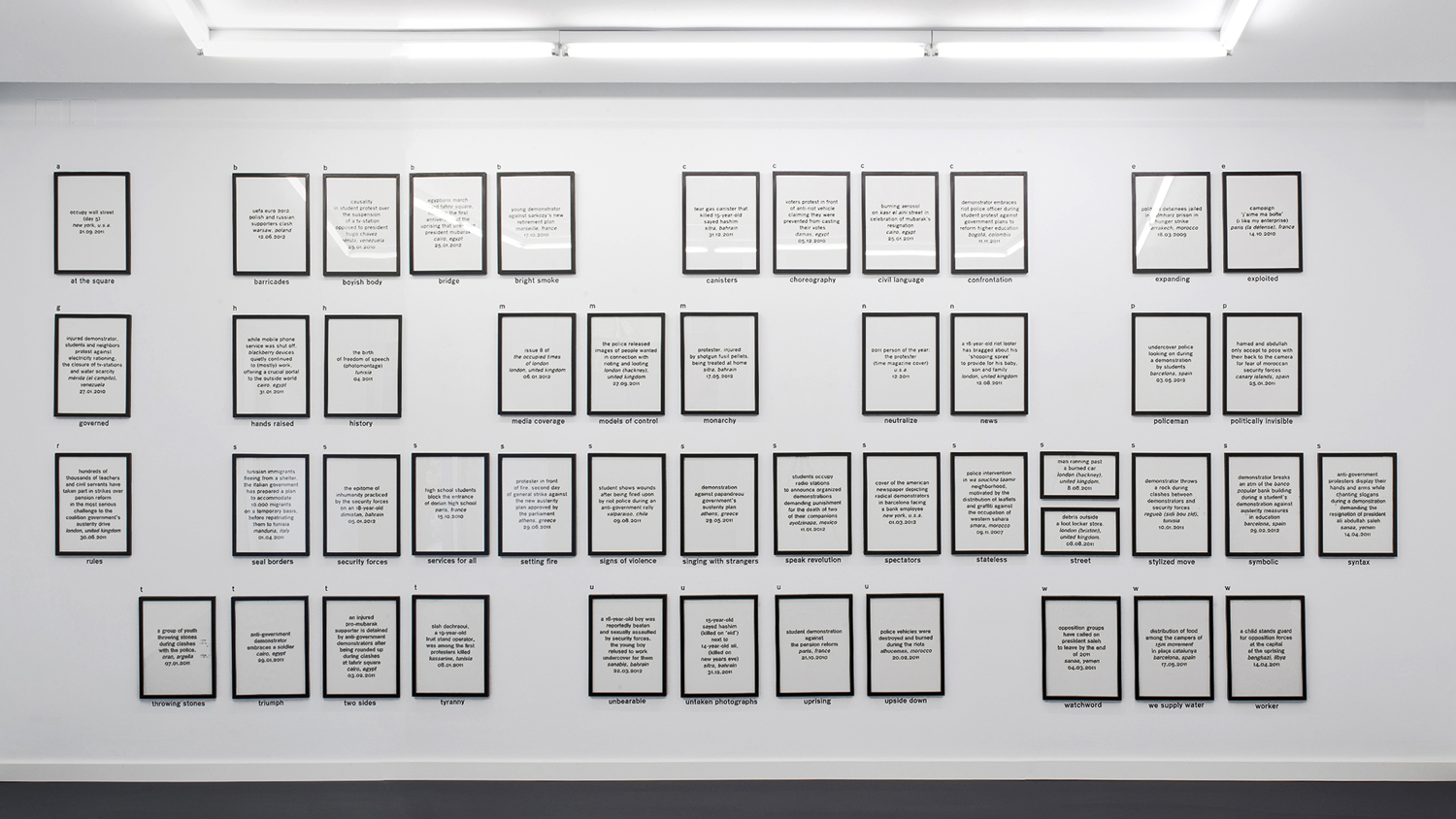
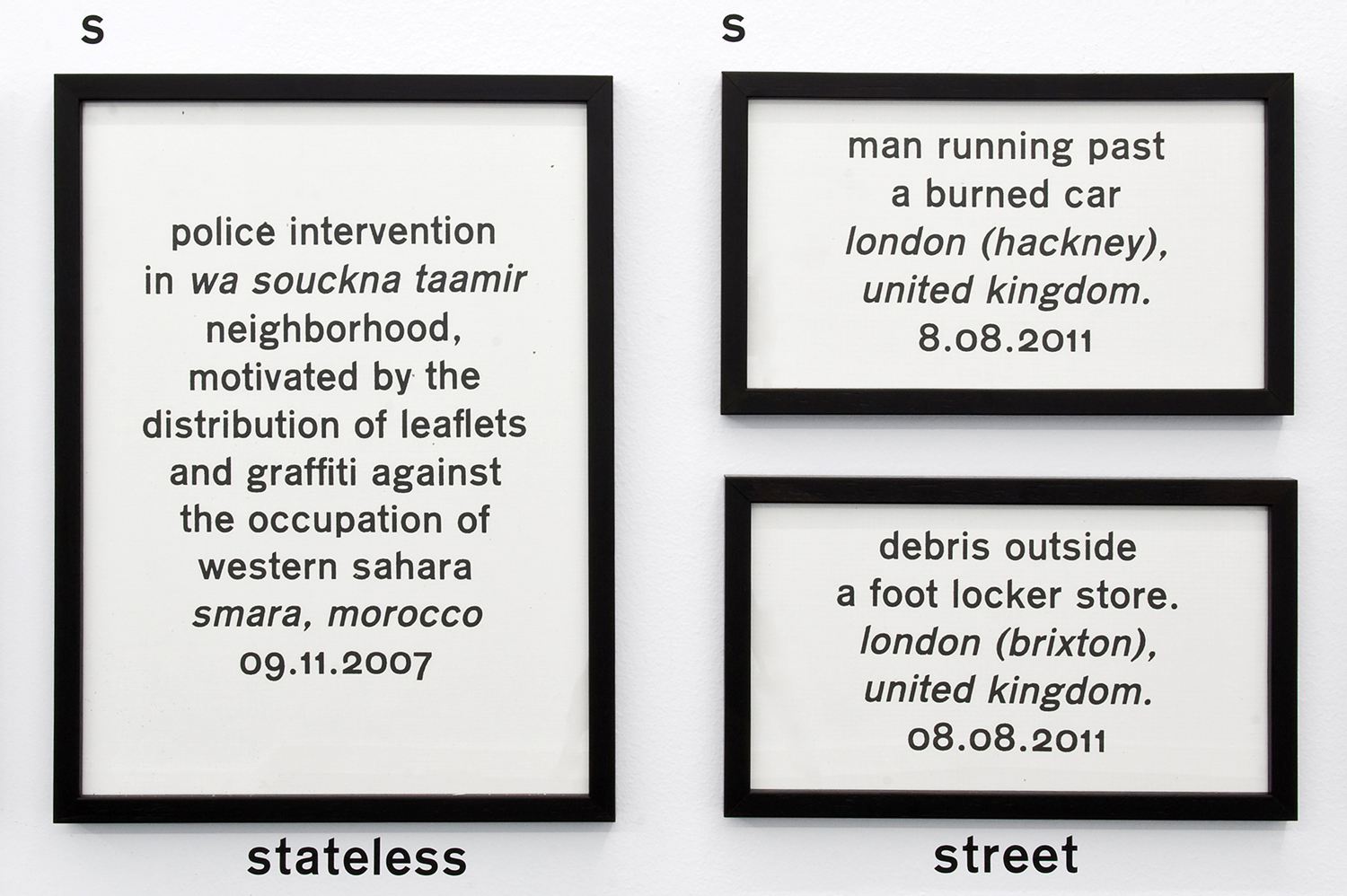
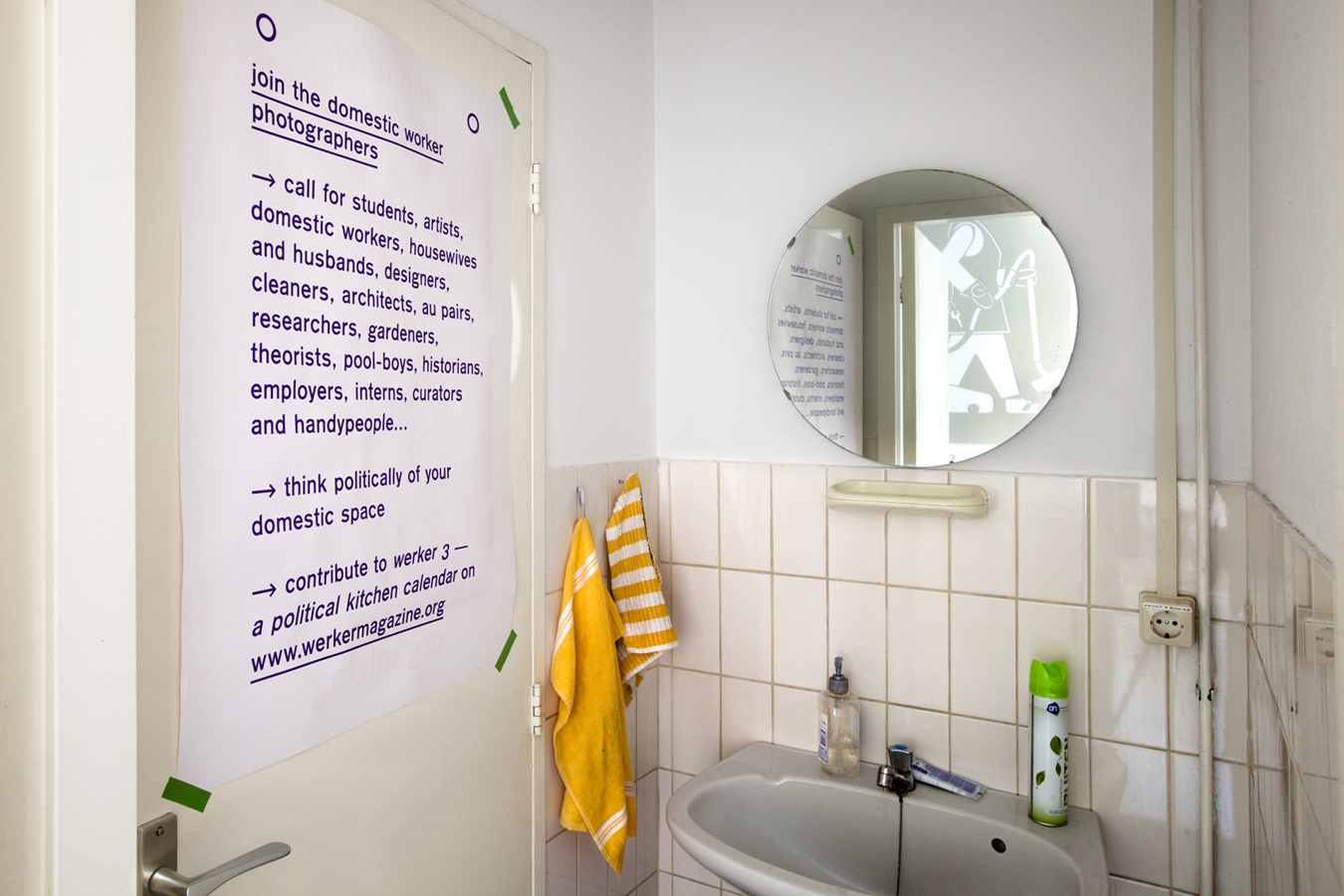

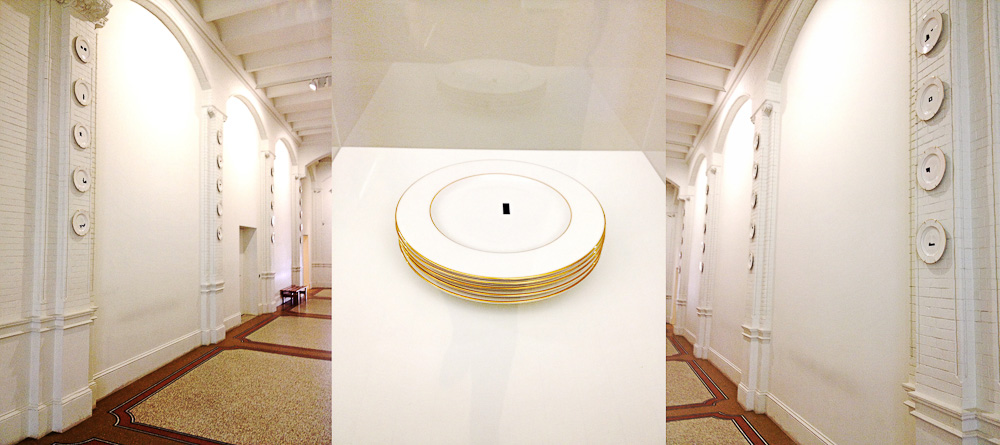

 I also discovered that Autotypes is a follow up work from Museotypes from 1983: sixty glazed ceramic plates with gold trim. Like he did with Autotypes, he did not represented the particular museum building by its familiar, literal image. Instead, he ironically chose the abstract configuration of the floor plan that on the plate serves as a ready-made code or symbol. In Museotypes John Knight fuses various visual but specifically non-art traditions in order to questions and revalidate contemporary art. He presents the plates as collectable items and reduces them to commercially available, limited-edition souvenirs. The museums are literally put on display, and as the artist explained, the work as a whole becomes “a representation of the museum and its role in culture”.
I also discovered that Autotypes is a follow up work from Museotypes from 1983: sixty glazed ceramic plates with gold trim. Like he did with Autotypes, he did not represented the particular museum building by its familiar, literal image. Instead, he ironically chose the abstract configuration of the floor plan that on the plate serves as a ready-made code or symbol. In Museotypes John Knight fuses various visual but specifically non-art traditions in order to questions and revalidate contemporary art. He presents the plates as collectable items and reduces them to commercially available, limited-edition souvenirs. The museums are literally put on display, and as the artist explained, the work as a whole becomes “a representation of the museum and its role in culture”.



